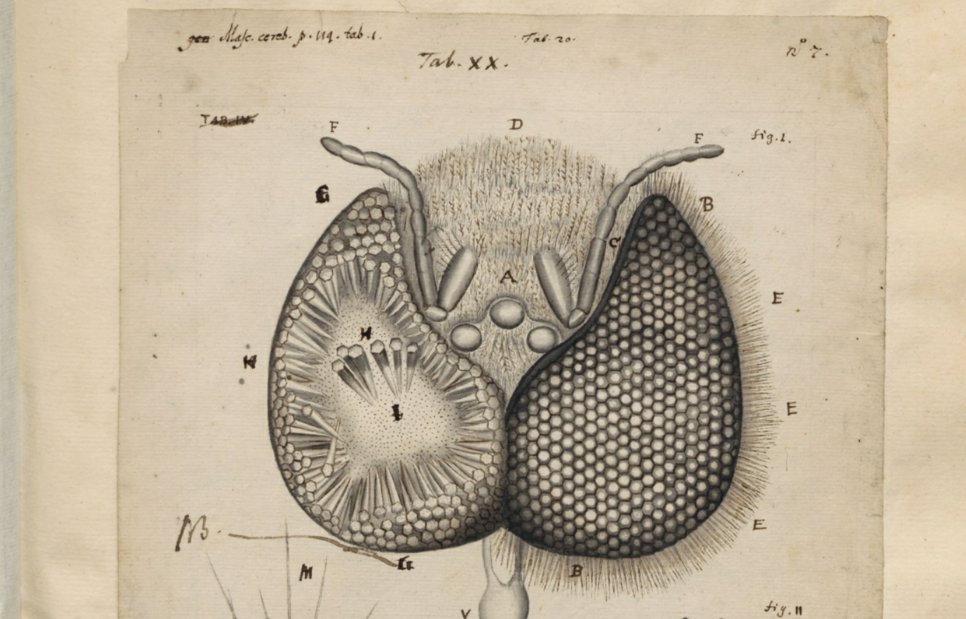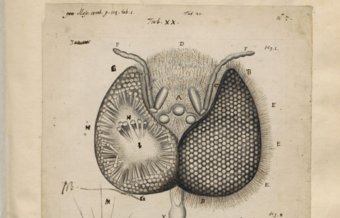Scientific cooperation Visualizing the Unknown awarded by Dutch Research Council (NWO)
The Dutch Research Council (NWO) has awarded a prestigious Open Competition Grant to the project Visualizing the Unknown in 17th-century Science and Society, a cooperation between the Bibliotheca Hertziana – Max Planck Institute for Art History, the Huygens Institute (Royal Netherlands Academy of Arts and Science), and the Rijksmuseum Boerhaave, in partnership with the Royal Society and the Rijksmuseum.
Led by researchers Dr. Sietske Fransen, Tiemen Cocquyt MA, and Prof. Dr. Eric Jorink, the six-year research initiative aims at reconstructing and analyzing the observation and visual representations of the pioneering seventeenth-century microscopists. How do scientists represent the previously invisible and unknown? How do they convince their peers and communicate their observations to a larger audience? As the ‘spiky blob’-image of the Covid-19 virus – created before all the details of the virus were known – has reminded us, the visual is key here.

Eye of a bee, as dissected and drawn by Johannes Swammerdam (1674). University Library Leiden, Ms BPL 126B, fol. 31v
(courtesy of UB Leiden)
Facing previously unknown structures such as bacteria, sperm and the anatomy of insects through the revolutionary new microscope, pioneers as Robert Hooke (1635–1703), Johannes Swammerdam (1637–1680) and Antoni van Leeuwenhoek (1632–1723) had to develop a new visual idiom to shape, record and disseminate their observations. This was enhanced by a new medium, the scientific journal, starting with the Philosophical Transactions (1664). To many, the scientific image seems an unproblematic, transparent agent. However, the process of observation, perception and representation and dissemination wasn't – and still isn't – self-evident. Could images, and scientific claims, be trusted? How could people be convinced that previously unthinkable creatures really exist? How were images constructed to convey a message?
This project will for the first time reconstruct the earliest observations, partly with original seventeenth-century lenses and materials. It will focus on the interplay between science and art, between the establishment of hard-to-discern facts and the visual techniques to represent these. In 2019, a pilot showed spectacular results. The present project will analyze in full detail the trajectory of sense-perception, artistic intervention, peer-review, the impact of various media, and public outreach. Visualizing the Unknown will contextualize the procedures (and problems) which since then have become standard practice in science. Visualizing the Unknown will, amongst other things, organize a series of workshops in Leiden and Rome, two exhibitions, and an international conference commemorating the tercennary of Van Leeuwenhoek’s death (2023).
